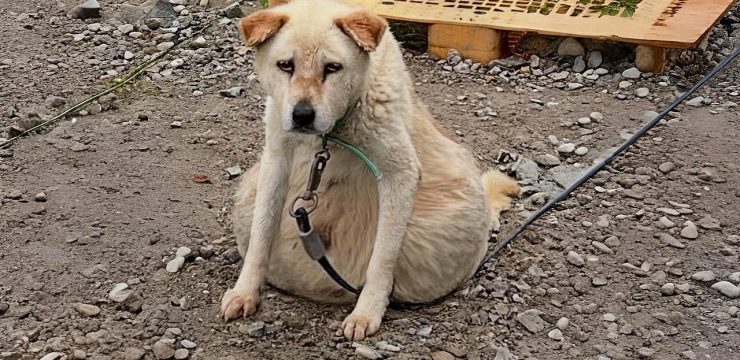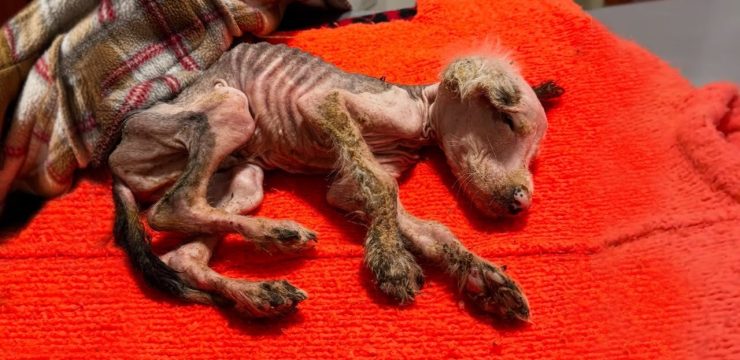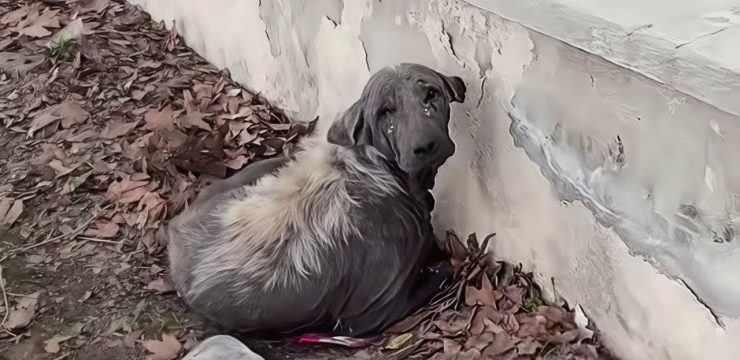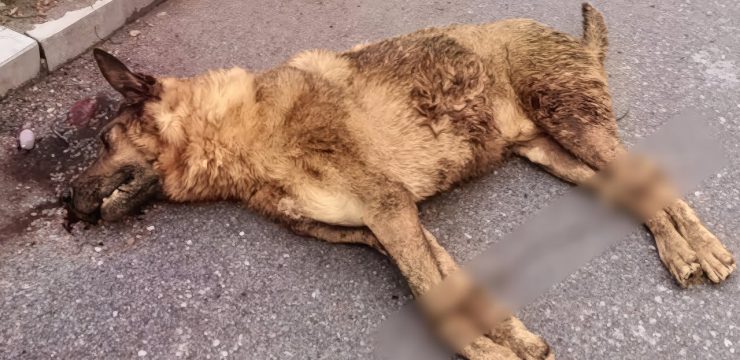More harrowing footage has emerged from the recent Los Angeles riots, shedding new light on the intensity of the violence that gripped the city. One particularly shocking video shows a man being repeatedly trampled by horses from the Los Angeles Police Department (LAPD), stirring widespread outrage and further fueling the ongoing debate over the use of force in crowd control.

The chaos began last Friday, June 6, as a series of peaceful protests in response to controversial actions by Immigration and Customs Enforcement (ICE). Demonstrators initially gathered to voice their concerns and demand justice, but as tensions escalated, what started as a calm and organized event soon spiraled into an uncontrollable situation. By Saturday night, President Donald Trump had ordered the deployment of the National Guard to restore order, a move that has since drawn both praise and criticism from different corners of the political spectrum.
As of now, the protests, along with the associated vandalism, clashes, and unrest, appear to have subsided. Still, the disturbing scenes from Los Angeles over the weekend remain etched in the memories of those who witnessed them, either in person or through viral clips that flooded social media.
The scale of the unrest in LA caught the attention of the world. Graphic and unsettling images circulated online, capturing the raw emotion and intensity of the demonstrations. At the same time, political tensions flared between the Trump administration and California officials, particularly Governor Gavin Newsom and Los Angeles Mayor Karen Bass, both of whom strongly opposed the federal government’s decision to send in military reinforcements.
One of the most unsettling moments came on Sunday, June 8, when News Nine’s U.S. correspondent Lauren Tomasi was struck by a rubber bullet while reporting live from downtown LA. Tomasi had been describing the increasingly aggressive tactics of the LAPD, who were using horses and rubber bullets to disperse the crowd at 257 E Temple Street. Just moments after stating that the police were “moving in on horseback, firing rubber bullets at protesters,” she was hit by one of the very bullets she was reporting on. The incident was broadcast live, and bystanders could be heard shouting in disbelief, with one person yelling, “You just f\*\*king shot the reporter!”
Though the incident involving Tomasi was both jarring and inexcusable, it wasn’t the only display of brutality that shocked viewers. Another disturbing video, which quickly went viral, captured a man wearing a backpack lying in the street, surrounded by a combination of officers on foot and horseback. In the video, the man is first kicked by a police horse, then stomped on by another, and ultimately struck over the head by an officer wielding a baton-like tool while still on horseback.
Despite the initial injuries, the man attempted to stand and move away, only to be knocked down again by yet another officer amidst the chaos. Witnesses say the area was in disarray, with police allegedly responding to Molotov cocktails and rocks being thrown at them. This explanation, however, has not justified the level of violence seen in the video, according to critics who argue the response was excessive and potentially life-threatening.
The federal response to the unrest has added another layer of controversy. On Saturday night, President Trump announced that he had greenlit the deployment of 2,000 National Guard troops to help control the escalating violence, particularly after attacks against ICE agents. Then, on June 9, Governor Newsom stated that federal officials had informed him of plans to send an additional 2,000 troops. Meanwhile, other federal authorities confirmed that approximately 700 Marines were also preparing to be dispatched to the region.
This rapid militarization of the response has only deepened the divide between state and federal leadership. California officials, already at odds with the Trump administration on a number of issues, have criticized the decision as a dangerous overreach. Governor Newsom voiced concerns that the increased military presence would inflame rather than de-escalate tensions. Mayor Karen Bass echoed these sentiments, warning that flooding the city with troops could lead to more confrontations, not fewer.
On the ground, however, many residents found themselves caught in the crossfire—literally and figuratively. Protesters claimed that they were peacefully exercising their right to assemble when they were met with aggression. Several accounts described scenes of confusion, fear, and panic as the police moved in with force. In some cases, peaceful protesters were seen attempting to shield others or administer first aid after injuries caused by rubber bullets and trampling.
Civil rights organizations and legal experts have also weighed in, warning that the response from law enforcement may have crossed constitutional lines. Some are now calling for independent investigations into the conduct of both local police and federal forces during the protests. The American Civil Liberties Union (ACLU) has already begun collecting evidence and testimony from those affected, with plans to pursue legal action where appropriate.
Despite the current lull in street activity, the events of the past few days have left deep scars. For many in LA, the images of mounted officers clashing with unarmed demonstrators, reporters being shot during live broadcasts, and citizens being trampled under police horses are not easily forgotten. These moments have not only sparked calls for accountability but have also reignited broader conversations around the role of law enforcement, the militarization of police tactics, and the rights of citizens to protest without fear of violence.
In the aftermath of the turmoil, the nation watches closely to see what steps will be taken next. Will there be accountability for the actions taken by officers? Will the deployment of military personnel become a new norm in handling protests? Or will this moment serve as a turning point, prompting reforms and more compassionate leadership?
What’s clear is that the events that unfolded in Los Angeles have ignited a national debate and exposed a deeper undercurrent of tension that extends far beyond the city’s borders. The consequences of this unrest—social, political, and emotional—will likely reverberate for months, if not years, to come.
What are your thoughts on the chaos that swept through LA in recent days? Join the conversation and share your views in the comments below.





